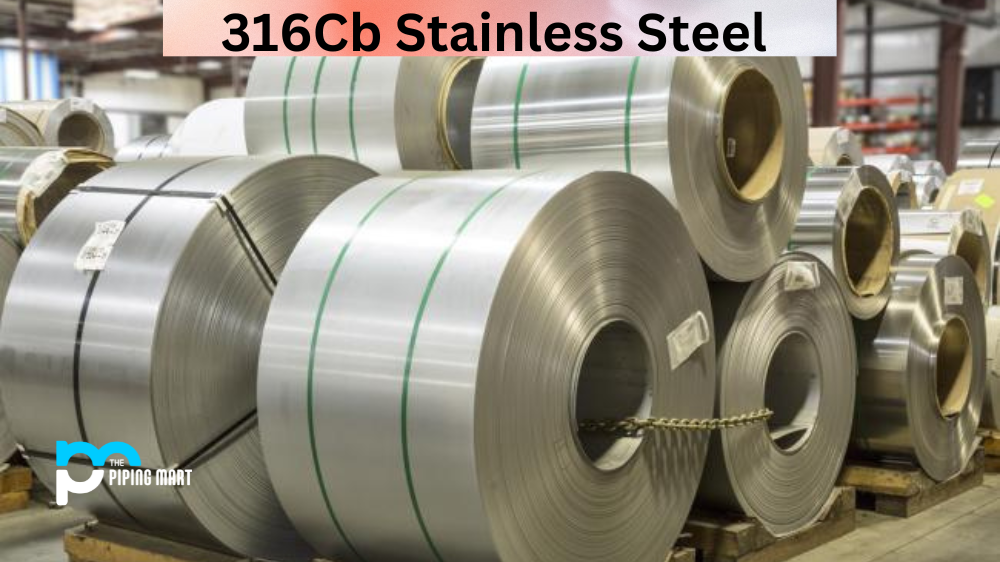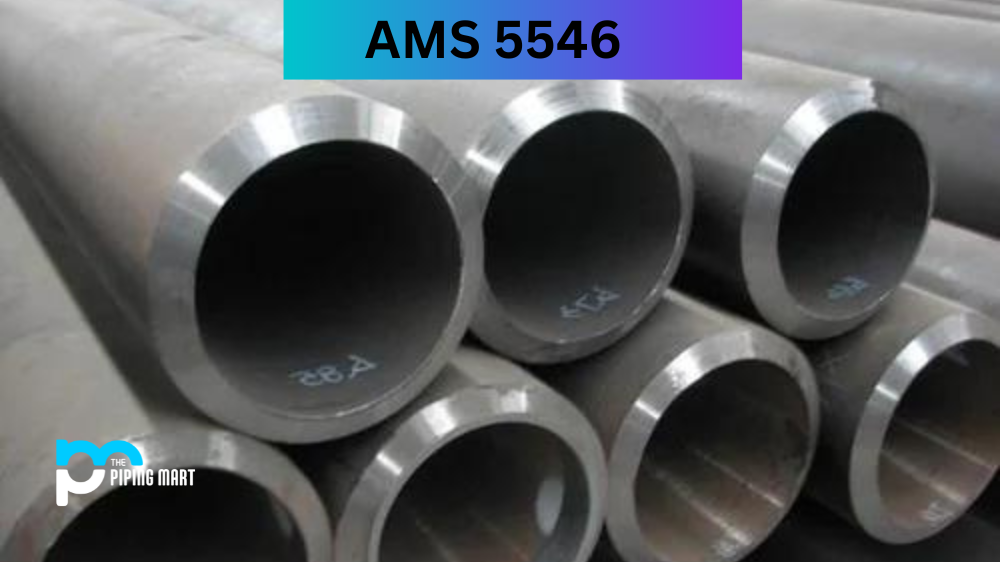In modern industry, stainless steel is one of the most popular materials. It’s known for its durability, resistance to corrosion and heat, and low maintenance. One type of stainless steel in particular—316Cb—has a unique set of properties that make it particularly well-suited for certain uses. Let’s take a look at the composition, physical properties, mechanical properties, and uses of 316Cb stainless steel.
AISI 316CB Composition
316Cb stainless steel is an alloy created by combining iron with chromium (Cr), nickel (Ni), molybdenum (Mo), and nitrogen (N). This combination creates a balanced chemical composition that results in improved strength, ductility, toughness, formability, weldability, and machinability compared to other types of stainless steel.
| Grade | C | Mn | Si | P | S | Cr | Mo | Ni | N | |
|---|---|---|---|---|---|---|---|---|---|---|
| 316 | Min | – | – | – | 0 | – | 16.0 | 2.00 | 10.0 | – |
| Max | 0.08 | 2.0 | 0.75 | 0.045 | 0.03 | 18.0 | 3.00 | 14.0 | 0.10 | |
| 316L | Min | – | – | – | – | – | 16.0 | 2.00 | 10.0 | – |
| Max | 0.03 | 2.0 | 0.75 | 0.045 | 0.03 | 18.0 | 3.00 | 14.0 | 0.10 | |
| 316H | Min | 0.04 | 0.04 | 0 | – | – | 16.0 | 2.00 | 10.0 | – |
| max | 0.10 | 0.10 | 0.75 | 0.045 | 0.03 | 18.0 | 3.00 | 14.0 | – |
AISI 316CB Physical Properties
The physical properties of 316Cb SS are determined by its composition and structure. The alloy had good cryogenic toughness when cold worked and excellent oxidation resistance up to 1100°F (593°C). It also has good formability characteristics when hot or cold formed at temperatures between 800°F (427°C) to 1600°F (871°C). Additionally, the alloy is non-magnetic even after cold working.
| Grade | Density(kg/m3) | Elastic Modulus (GPa) | Mean Co-eff of Thermal Expansion (µm/m/°C) | Thermal Conductivity (W/m.K) | Specific Heat 0-100 °C (J/kg.K) | Elec Resistivity (nΩ.m) | |||
|---|---|---|---|---|---|---|---|---|---|
| 0-100 °C | 0-315 °C | 0-538 °C | At 100 °C | At 500 °C | |||||
| 316/L/H | 8000 | 193 | 15.9 | 16.2 | 17.5 | 16.3 | 21.5 | 500 | 740 |
AISI 316CB Mechanical Properties
The mechanical properties of grade 316CB depending on how it is tempered or cold worked. When annealed—or heated and slowly cooled—the alloy can have tensile strengths that range between 85ksi (586MPa) to 115ksi (793MPa). After cold working, the alloy can achieve tensile strengths up to 170ksi (1172MPa). Additionally, the material exhibits good yield strength when tested in either condition at 25% permanent deformation or 0.2% offset strain values below 65ksi (448MPa) in both conditions.
| Grade | Tensile Str (MPa) min | Yield Str 0.2% Proof (MPa) min | Elong (% in 50 mm) min | Hardness | |
|---|---|---|---|---|---|
| Rockwell B (HR B) max | Brinell (HB) max | ||||
| 316 | 515 | 205 | 40 | 95 | 217 |
| 316L | 485 | 170 | 40 | 95 | 217 |
| 316H | 515 | 205 | 40 | 95 | 217 |
AISI 316CB Uses
Due to its strength and corrosion resistance properties, alloy 316CB is often used for applications where exposure to salt water or other corrosive materials may be present such as fasteners for offshore platforms or components in harsh marine environments like pumps and valves. Additionally, this type of stainless steel can be found in medical equipment like surgical instruments due to its non-magnetic properties and automotive exhaust systems because it has excellent corrosion resistance at high temperatures.
Conclusion
As you can see from this overview, there are many reasons why 316CB stainless steel is such a common choice for industrial applications. Its unique combination of physical and mechanical properties allows it to stand up against some tough environmental challenges while still being easy to fabricate into complex shapes or parts quickly and efficiently. If you’re looking for a durable material with excellent corrosion resistance that’s also relatively easy to work with, then consider using this type of stainless steel for your next project!

Pipingmart is a B2B portal that specializes in metal, industrial and piping items. Additionally, we share the latest information and information about materials, products and various types of grades to assist businesses that are involved in this business.




